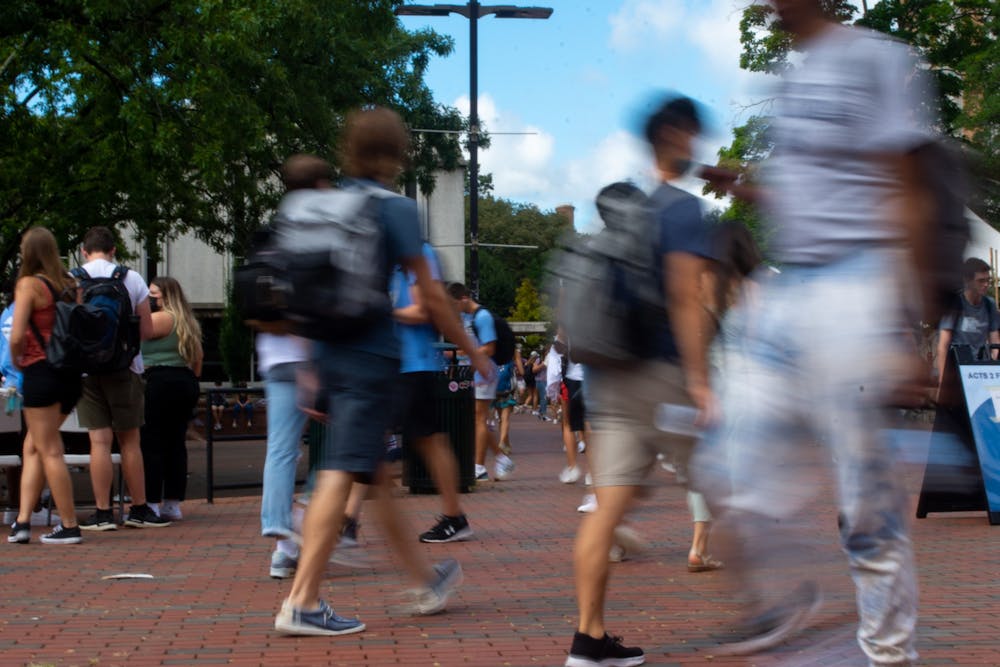Picture this: Excited for their first day of college, a naïve, innocent first-year who’s grown accustomed to COVID-19 isolation decides to dress up.
They wear a collared shirt and a pair of pants and embark upon their 20-minute walk from South Campus to the FedEx Global Center. Once they get there, they rush to the bathroom only to realize they are drenched in sweat.
Last year, dear readers, I was that innocent, wide-eyed first-year.
How did this happen? In attempting to answer those questions, I, a writer for a college student newspaper, acknowledge that I can't single-handedly reverse the effects of climate change. But there are factors beyond climate change that contribute to the heat on campus — some of which are in our control, others not so much.
For one, even when we retire to our dorms, a lot of students grapple with faulty air conditioning and ventilation.
Our dorms are old and repairing them is difficult, but heating and cooling problems are still important to address. Unsafe or uncomfortable conditions make it harder to study or get work done in our rooms, which pushes students to search for other places on campus to do their work.
So that begs the question: Are there places to sit outside without risking an involuntary tan?
Well, we used to have tents in the quad, but they were taken down after widespread complaints that they were an eyesore. Although I don’t disagree with that assessment, people were using them up until they were taken down, so the lack of an alternative is disheartening.
Many students and staff enjoyed being able to smell the fresh air, get a little bit of shade and take advantage of the tents’ chairs. With that gone, all that’s left is an uncomfortable, muddy landscape.




